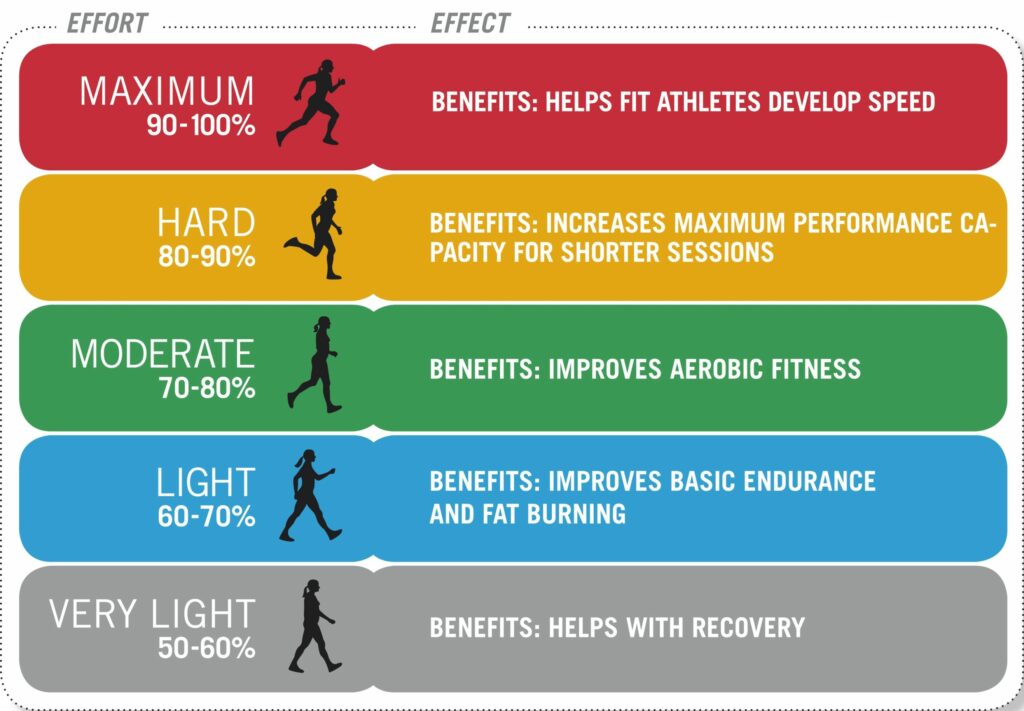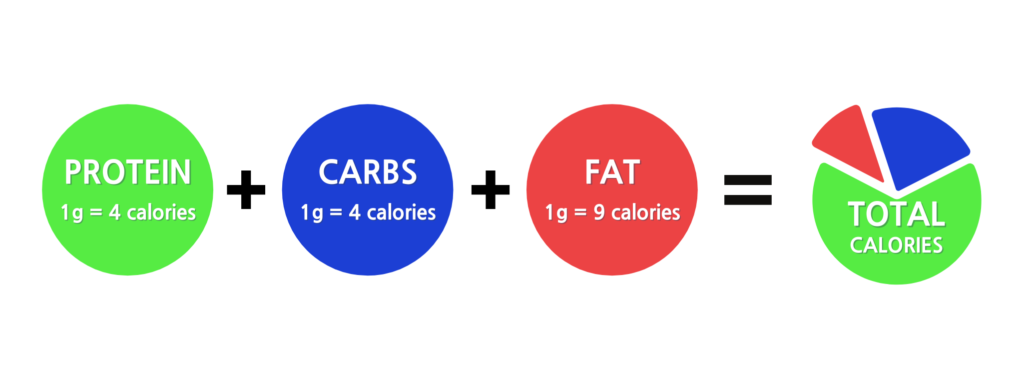How high should my heart rate get during Cardio & Workouts?

Understanding how high your heart rate should get during cardio and workouts is essential for maximizing benefits and achieving your fitness goals. Heart rate zones, which are calculated based on your maximum heart rate, can help you tailor your workouts to fit your specific goals, whether it’s improving cardiovascular health, increasing endurance, or losing fat.
Calculating Your Maximum Heart Rate
To determine your heart rate zones, you first need to estimate your maximum heart rate (MHR). A common formula to estimate MHR is:
MHR=220−age
For example, if you are 30 years old, your estimated MHR would be 190 beats per minute (bpm).
Heart Rate Zones
Heart rate training zones are typically divided into five categories:
- Zone 1: Very Light (50-60% of MHR)
- Purpose: Recovery, warm-up, and cool-down
- Benefits: Improves overall health and helps with muscle recovery
- Example: Light walking or gentle yoga
- Zone 2: Light (60-70% of MHR)
- Purpose: Enhances endurance and promotes fat burning
- Benefits: Increases aerobic capacity and efficient fat utilization
- Example: Steady-state jogging or brisk walking
- Zone 3: Moderate (70-80% of MHR)
- Purpose: Improves aerobic fitness and stamina
- Benefits: Enhances cardiovascular and respiratory efficiency
- Example: Running or cycling at a moderate pace
- Zone 4: Hard (80-90% of MHR)
- Purpose: Increases anaerobic capacity and lactate threshold
- Benefits: Boosts speed and high-intensity performance
- Example: High-intensity interval training (HIIT) or fast running
- Zone 5: Maximum (90-100% of MHR)
- Purpose: Maximizes performance and speed
- Benefits: Develops explosive power and peak performance
- Example: Sprinting or very high-intensity workouts
Ideal Heart Rate Range for Fat Loss
For optimal fat loss, the most effective heart rate zone is Zone 2 (60-70% of MHR). In this zone, your body efficiently uses fat as a fuel source, making it ideal for those aiming to lose weight.
Example: A 40-Year-Old’s Ideal Cardio Routine for Fat Loss
For a 40-year-old individual, the estimated MHR would be:
220−40=180 beats per minute (BPM)
To target Zone 2 (60-70% of MHR), their heart rate should be between:
180×0.60= 108 BPM 180×0.70= 126 BPM
Ideal Workout Routine:
- Activity: Brisk walking, light jogging, or steady-state cycling
- Frequency: 3-5 times per week
- Duration: 45-60 minutes per session
- Intensity: Maintain a heart rate between 108-126 bpm
Now of course your heart rate may be higher only doing a steady paced walk if you’re older or out of shape. Therefore, monitoring your heart rate during cardio and workouts ensures that you’re exercising within the optimal zone for your age, fitness level and specific goals. For fat loss, staying within Zone 2 (60-70% of your MHR) is most effective. By understanding and applying these heart rate zones, you can tailor your workouts to maximize benefits and achieve your fitness objectives efficiently!
You Got This!
Subscribe to our newsletter and be the first to find out about new articles.






